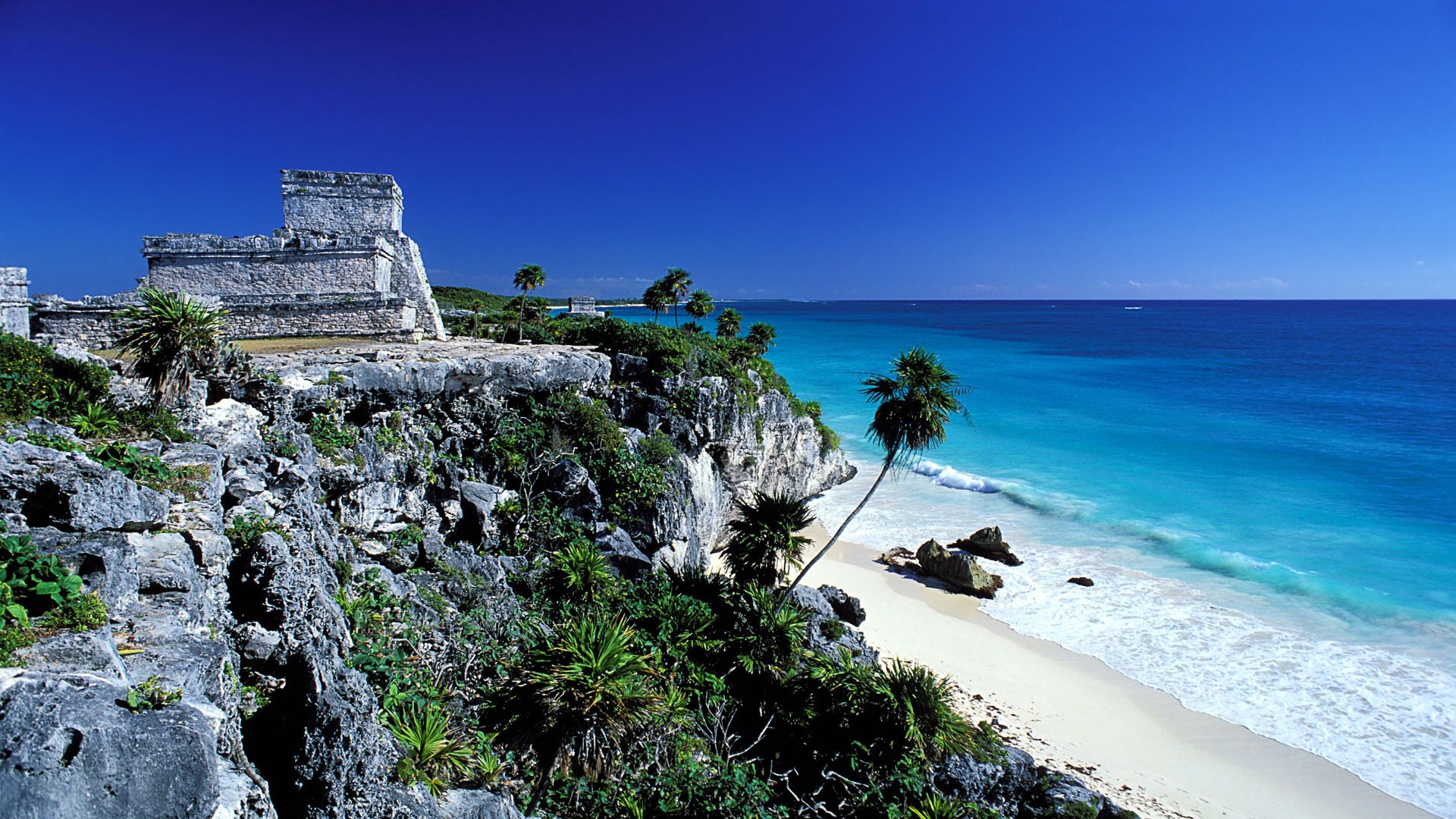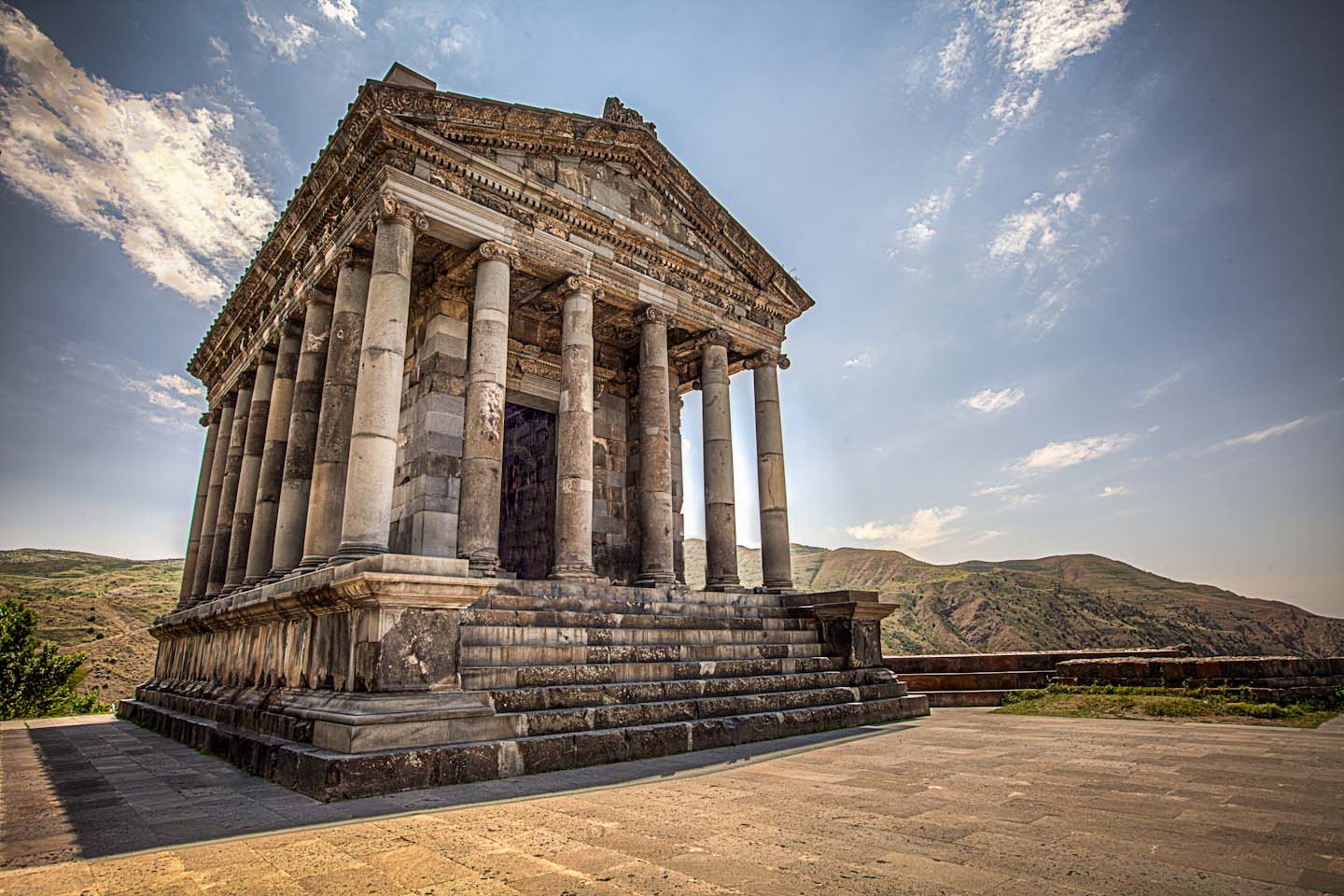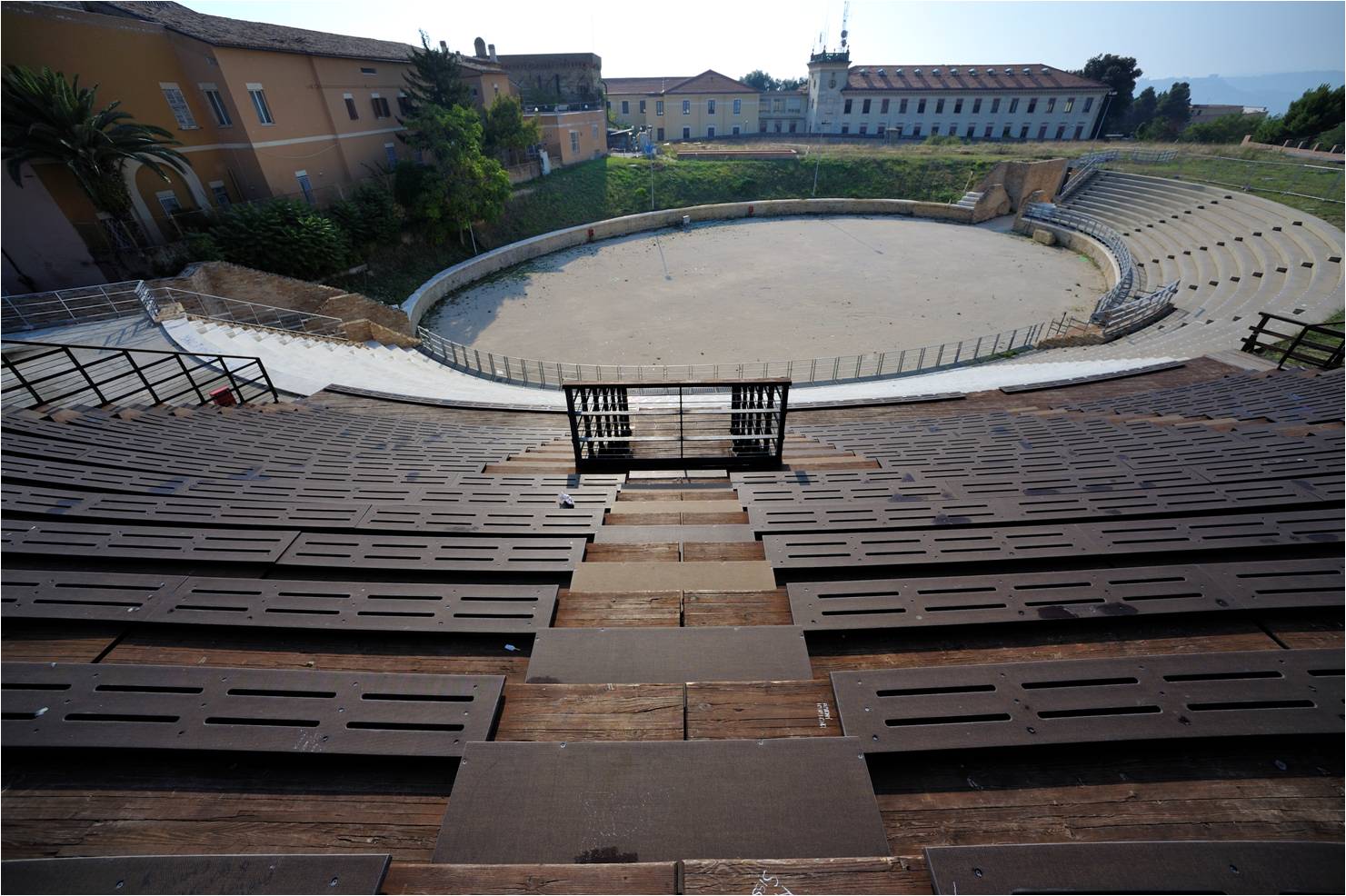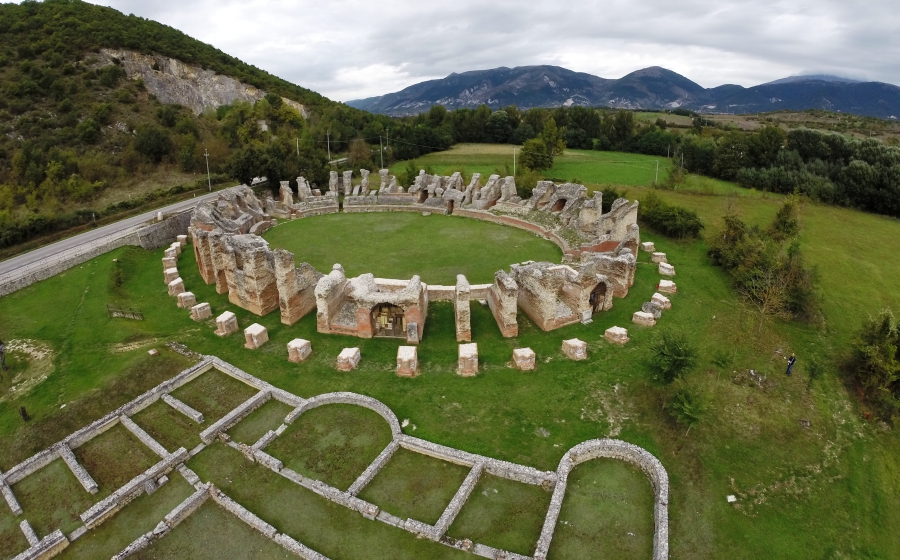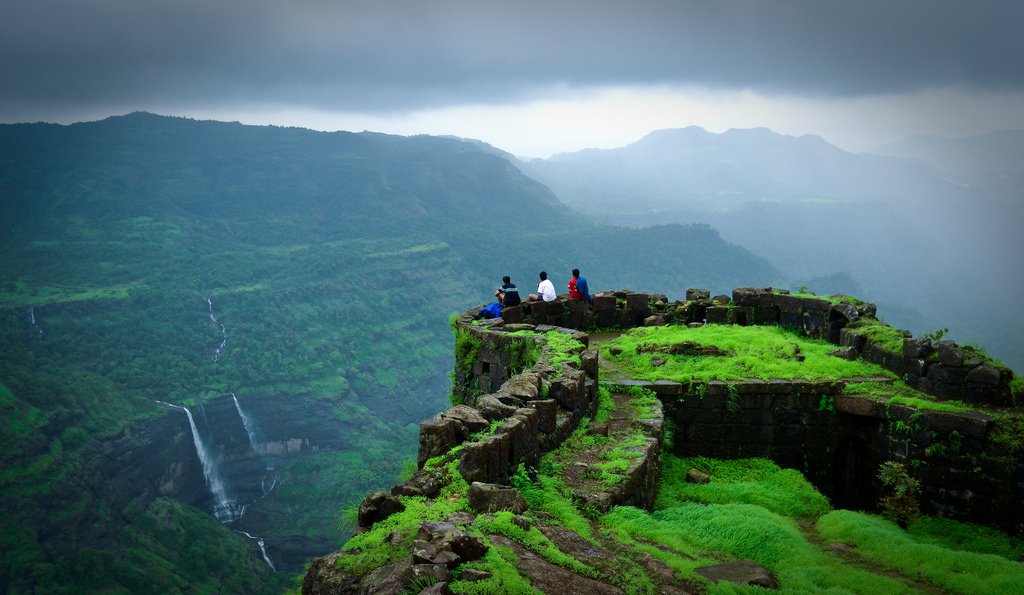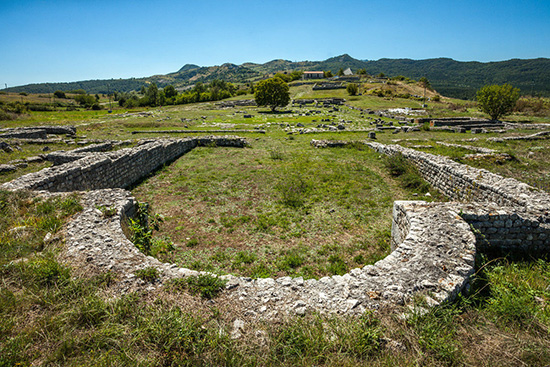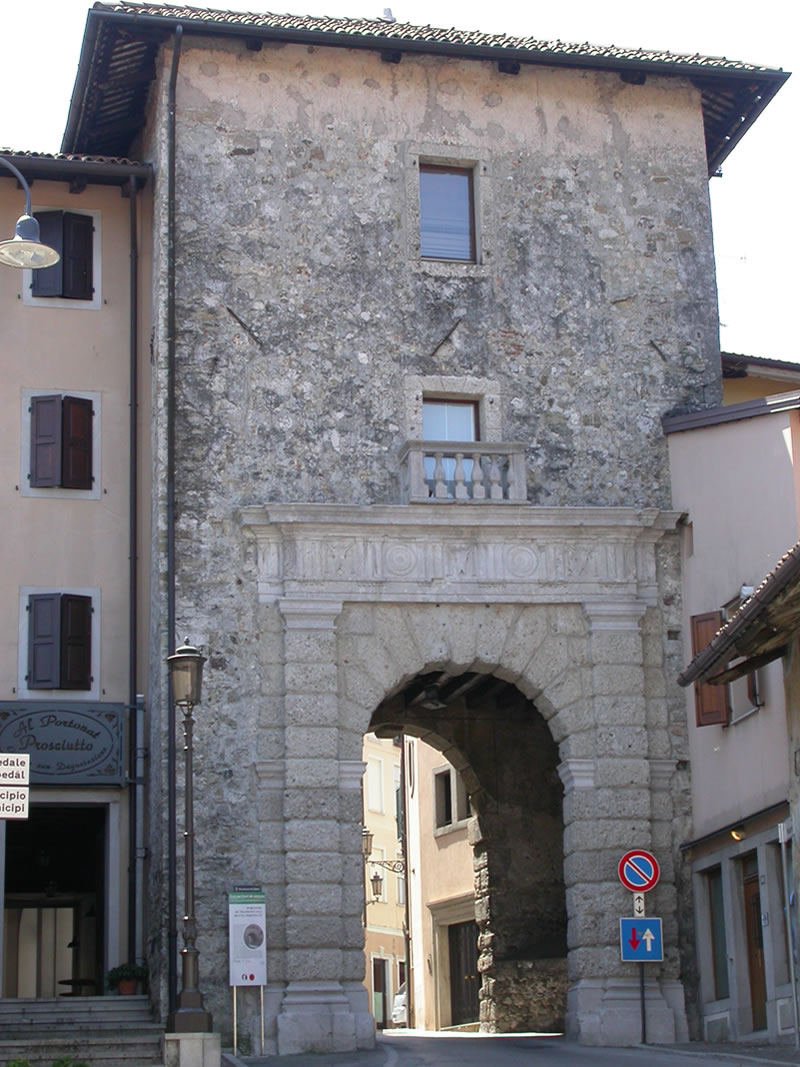Tulum is the most emblematic site of the coast of Quintana Roo, due to its privileged location and the excellent conservation of its buildings and mural paintings. It is well known for its wall, which delimits the main complex on its north, south and west sides, since the eastern sector faces the Caribbean Sea; it has five entrances and two watchtowers.
The site is presided over by El Castillo, the highest foundation of Tulum, which preserves a temple with three accesses ornamented with serpentine columns and two zoomorphic masks in the corners. In front of the Castillo is a platform for dances and to the southwest is the Temple of the Initial Series, where the earliest documented date in Tulum was found: 564 A.D.
To the north is the Temple of the Descending God, with a small foundation on which a building decorated with the image of that deity, the main iconographic element of the city, was built. In front of this complex is the main causeway, with several buildings; the most important is the Temple of the Frescoes, whose mural paintings portray a series of supernatural beings residing in the Underworld, which constitute one of the most important testimonies of pre-Hispanic Maya mural painting. Continuing along the causeway you can see the palaces known as the House of the Columns and the House of Halach Uinik.
In the northeast access, the House of the Cenote, documents the importance given by the Mayas to the aquatic cult linked to the cenotes, and nearby is the Temple of the God of the Wind, named for its circular base, related to Kukulcan, god of the winds.
